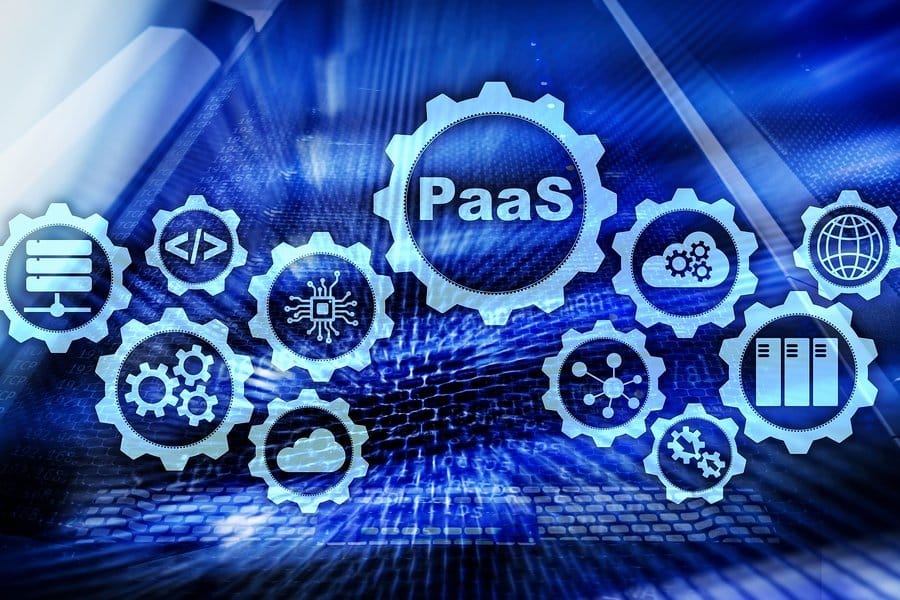
Platform as a Service: The Advantages of a Cloud Computing Subscription Service.
Source: Bigstock
In my prehistoric college days, before the era of the personal computer, I did my computing on a "dumb terminal," basically a keyboard and a monitor, with no independent CPU, no operating system, no apps. All of that was taken care of by a mainframe, which connected to my terminal and sent me everything I needed remotely. One of the amazing unintended consequences of the modern fast Internet is to recreate that model of computing through virtualization. Nowadays, you do not ha...
HELLO!
This premium article is exclusively reserved for Subscription Insider PRO members.
Want access to premium member-only content like this article? Plus, conference discounts and other benefits? We deliver the information you need, for improved decision-making, skills, and subscription business profitability. Check out these membership options!
Learn more about Subscription Insider PRO memberships!
Already a Subscription Insider PRO Member?
Please Log-In Here!









